Oral Capture
Tools for Possibilities: issue no. 57
Once a week we’ll send out a page from Cool Tools: A Catalog of Possibilities. The tools might be outdated or obsolete, and the links to them may or may not work. We present these vintage recommendations as is because the possibilities they inspire are new. Sign up here to get Tools for Possibilities a week early in your inbox.
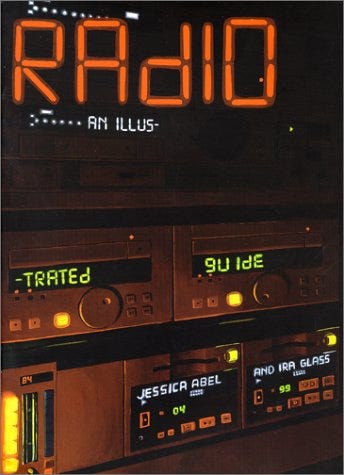
How to tell stories
It’s a small joke, but it works. A graphic artist embedded herself at the legendary radio show This American Life and created a comic book (all pictures) on how to make great narrative radio (no pictures). Well, at least how to make radio like This American Life makes it, which in my opinion is the best radio being made. There’s less on recording techniques and more on how radio narratives work (or don’t). It’s not about news radio, nor talk radio, but story radio. In this respect, this slim, 32-page comic book will help anyone telling stories, and also make you a better radio listener, too. — KK
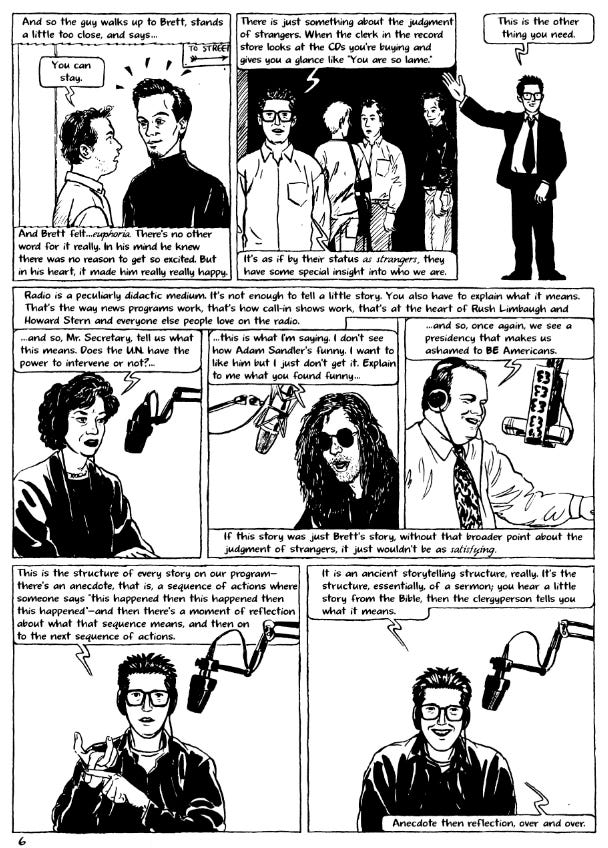
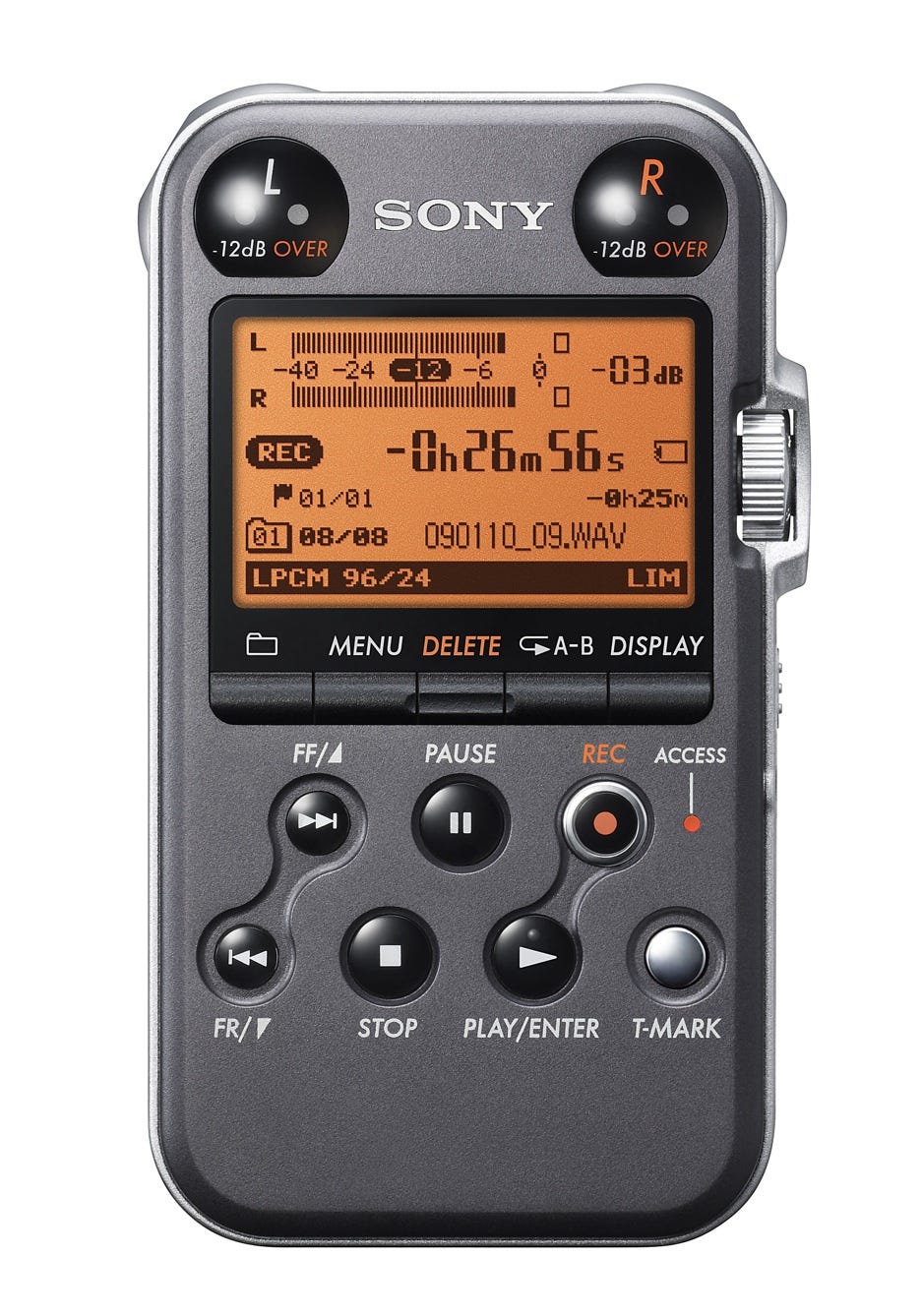
Best basic toolkit
Radio Journalism Gear
Transom Story Workshop teaches new students how to create narrative stories for radio. The kind of short stories you might hear on NPR. Their tech guy, Rob Rosenthal, posts a current recommendation list of the best basic radio journalism tools. He keeps up with testing out new gear and is always the place I (KK) go to find the best inexpensive recording gear. This updates their previous recommendations. Currently Rob says:
Students at the Transom Story Workshop tend to be beginners. Many have never picked up a mic or turned on a recorder before. So, it was important for us to choose a field recording pack that both sounded good and was simple for novices to use. Plus, since the Workshop started from scratch in the fall of 2011, we needed to find gear that fit our start-up budget. We landed on the following and feel we made the right choices:
Recorder: The Sony M10. We can’t say enough about how good this recorder sounds. It’s VERY quiet. And, it has a solid, built-in limiter. Those two components were important to us when selecting a recorder for students because new producers often don’t pay close attention to the levels. Having a quiet recorder and a good limiter helps a student make better recordings. I would have preferred, maybe, the Sony D50. It seems more durable. But, the M10 is solid, lightweight, and has fewer bells and whistles to learn — and it’s half the price.

Mics: We have a slew of mics on hand for the students including the Electro-Voice RE-50, the Beyer-Dynamic MC-58 and MCE-58, and the Audio Technica AT8010. I’m a fan of the RE-50 and the MC-58 for new producers because they are more forgiving of mic handling noise. But, all of these are excellent mics.
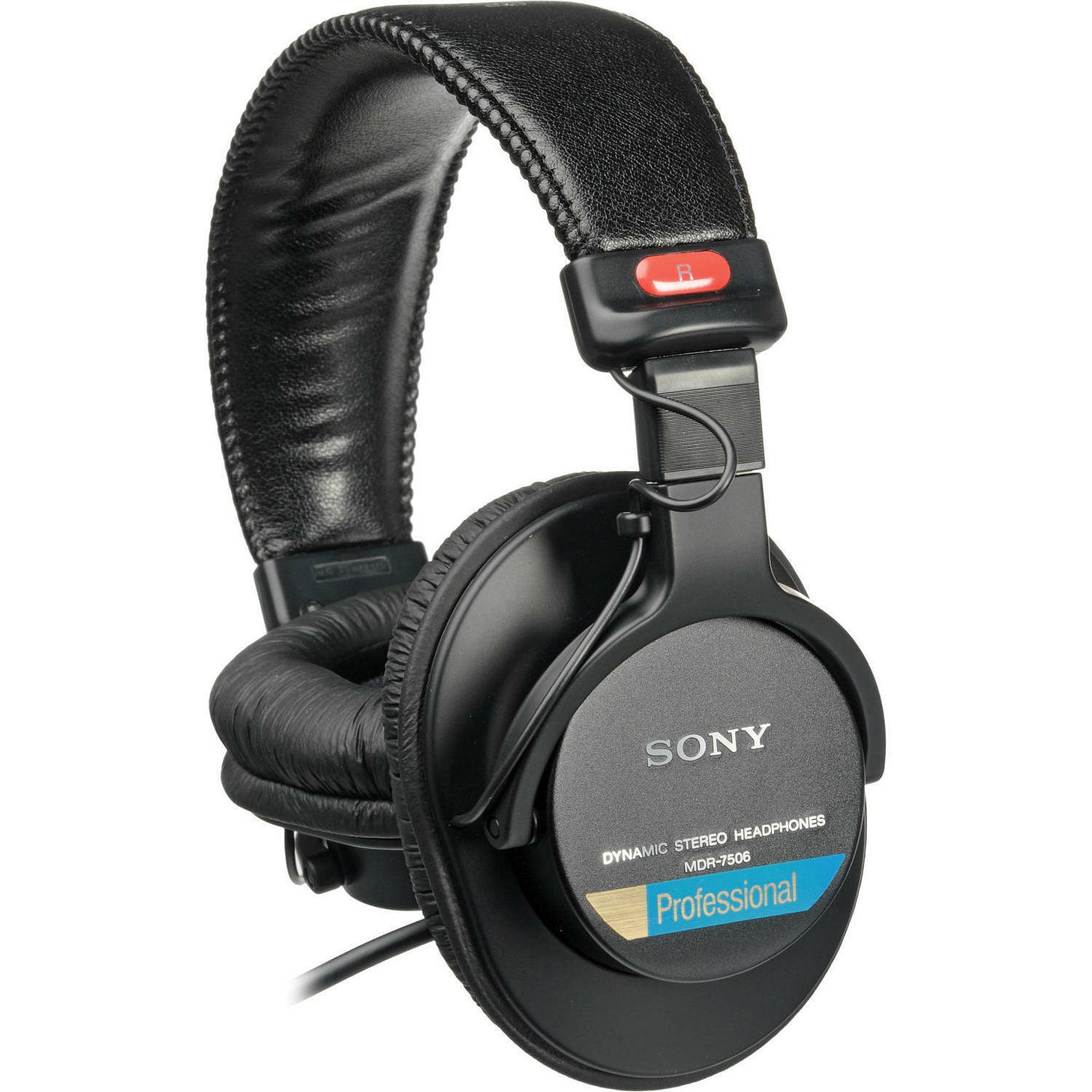
Headphones: For the price — about $25 — the Sennheiser HD202 is a good set of “cans.” They help isolate external sound, they’re fairly comfortable, and they reproduce sound well. Yeah, they aren’t the Sony MDR-7506s we love, but we were on a budget and everyone is happy with these headphones. Never a problem. — Rob Rosenthal, Transom
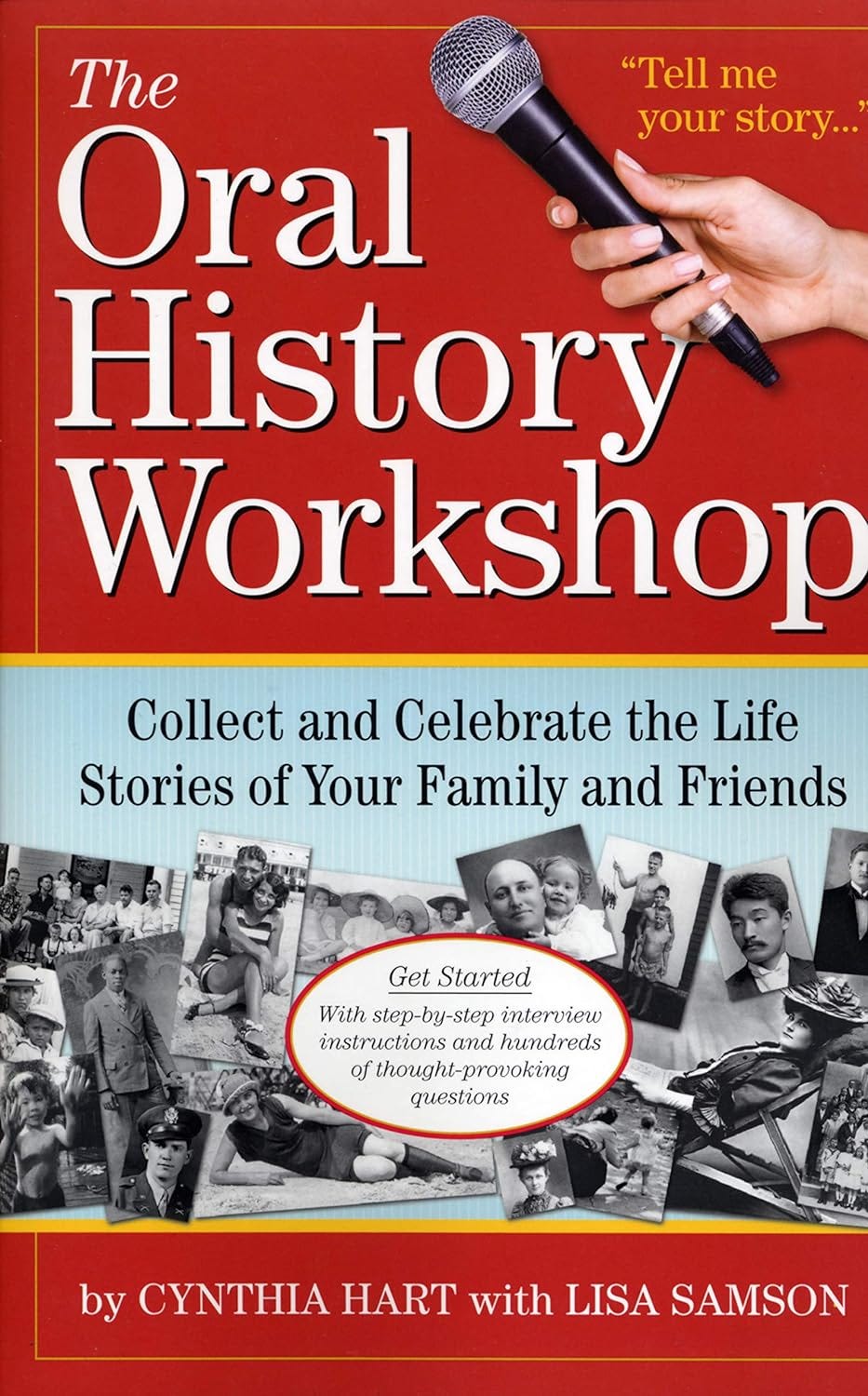
Best for life stories
When you’re 64 wouldn’t you like someone to ask you about your life story and then preserve it? When you’re 24 wouldn’t you like to learn what really happened back in the day? Here are some great tips for interviewing and archiving these stories, including two chapters packed with a hundred great sample questions to ask. Technology makes this easy to do. I’ve done regular video interviews with my children as they grew up and with my parents and inlaws. One of the smartest things I’ve done. This book hadn’t been published then (and it’s the best of a half dozen on the subject), but if I had read it then I would have done a better job. Right behind me, my high-school age son is now capturing oral/visual histories, and he found this book extremely helpful too. — KK
- Even in interviewing, though, some silence can be a virtue. Particularly if the interviewee is discussing something difficult, a breath of silence implies, “Tell memore, associate further, give me the links to this experience, fantasy, or anxiety.”So, though in preparing for your interview you’ll likely focus on what you’ll ask, don’t forget about the power of a well-chosen pause.
- Broad questions have a way of eliciting vague answers. Instead of “Tell me about high school,” you might start with a smaller, more specific question: “Who were your best friends in high school?” A “little” question about a childhood game could reveal a big truth about a family dynamic. Aim for a combination of broad and specific questions to get the full story.
- What insights have you gained about your parents over the years?
- Begin each recording by identifying the time, place, and names of the participants. This will serve as a journalistic “time stamp.”To give audio recordings a visual context, take still photographs of your interviewee (and if possible of the two of you together) at the interview location.
- Before you finish an interview, ask yourself, “Is there one last question I need to ask in order to achieve what I’d hoped for?” Then ask the interviewee: “Is there anything that you would like to talk about?” or “What have we not discussed that you feel is important for me to know about you and your life?”
- Describe a typical family meal in your childhood home. What was usually on the menu? Who sat where around the table? Did it matter to you?What is the best gift you’ve ever given someone? The best gift you’ve ever received?If you could take only one last trip, where would you go and with whom? What would you do?What’s the biggest mistake you ever made? What did it teach you?Who are your three closest friends? How are they different from one another, and why is each so dear to you?






